Case Number : Case 1570 - 01 July Posted By: Guest
Please read the clinical history and view the images by clicking on them before you proffer your diagnosis.
Submitted Date :
F85. Longstanding lesion, recently bled.
Dr Richard Carr
Dr Richard Carr

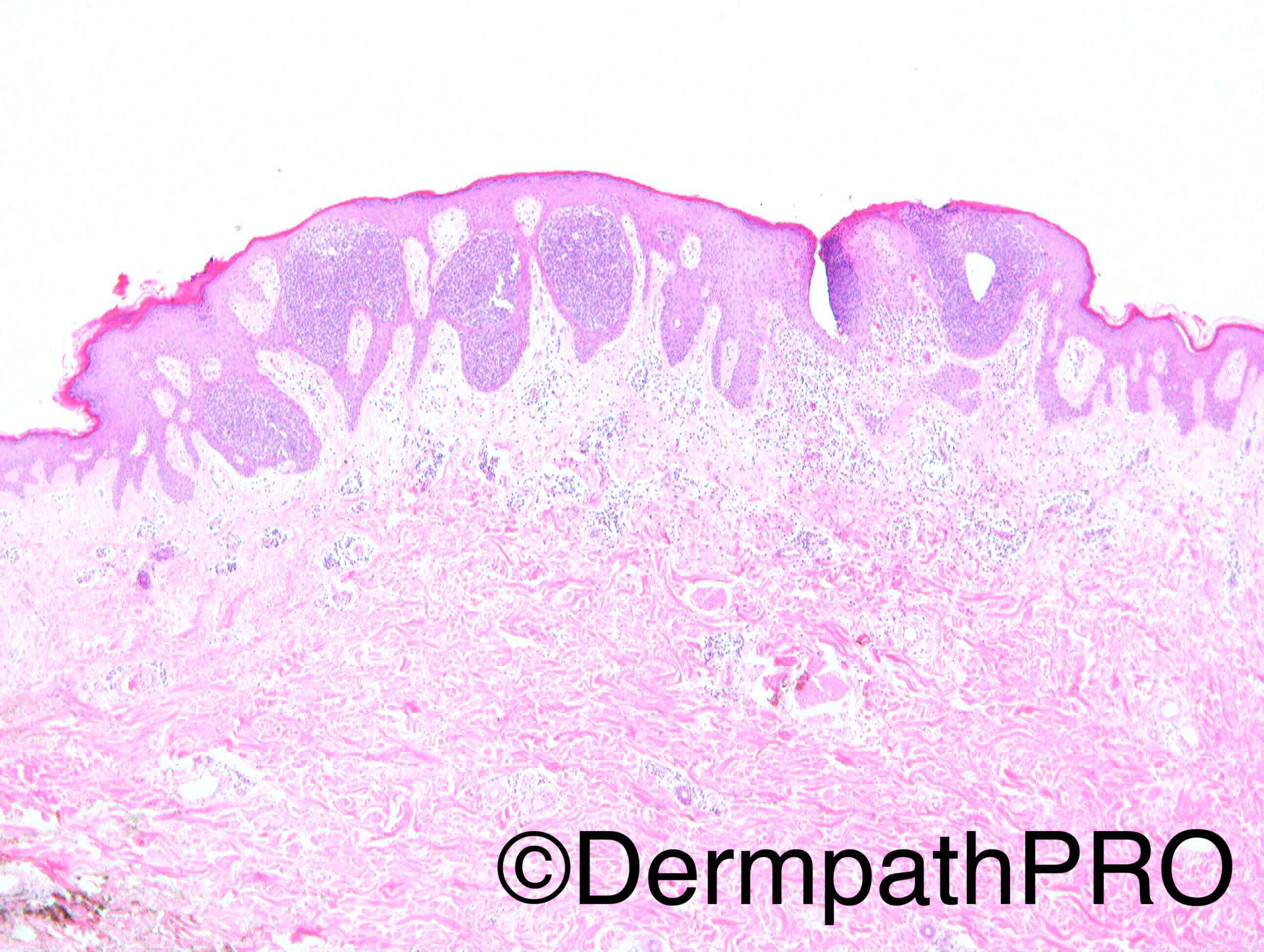
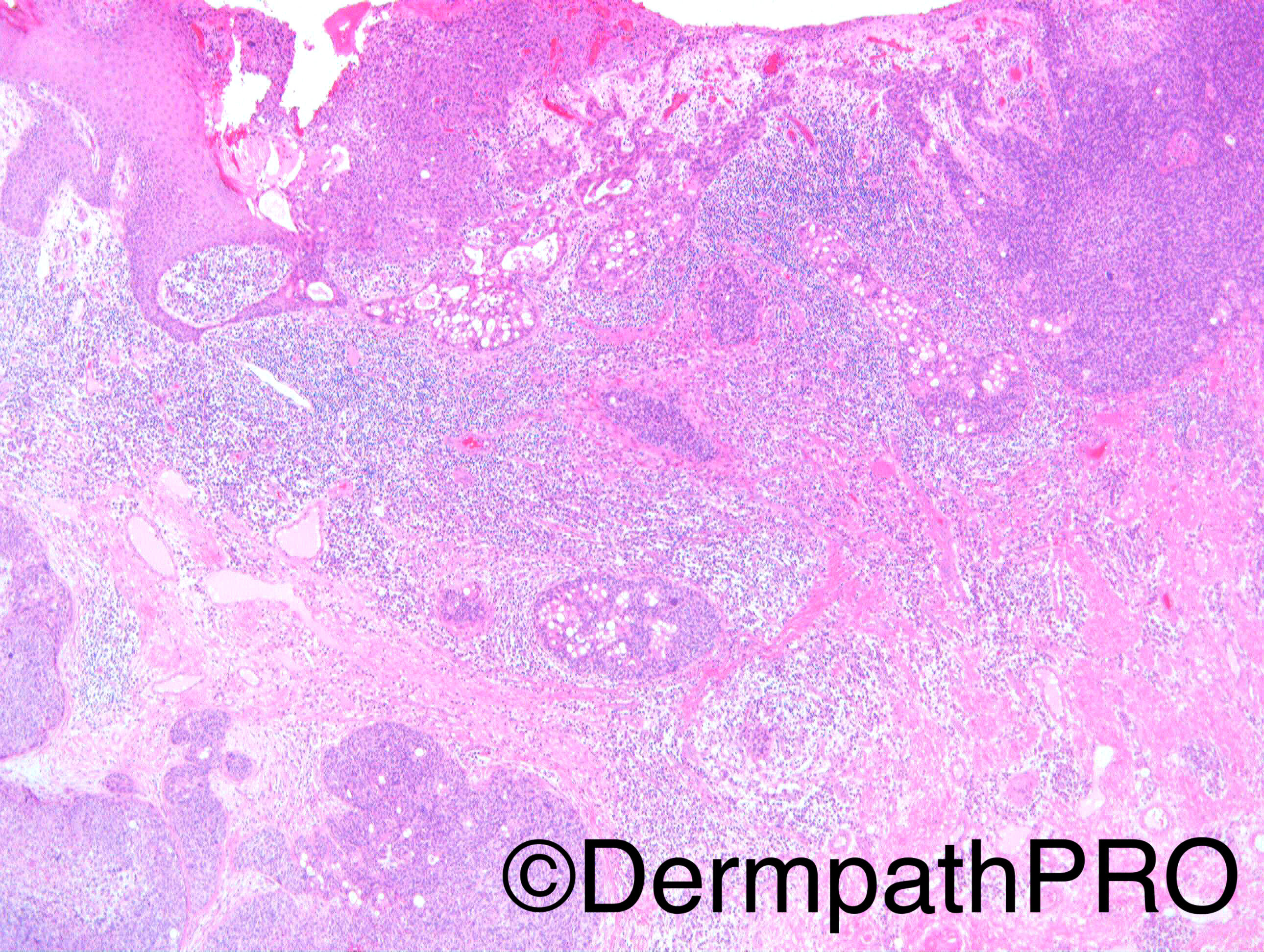
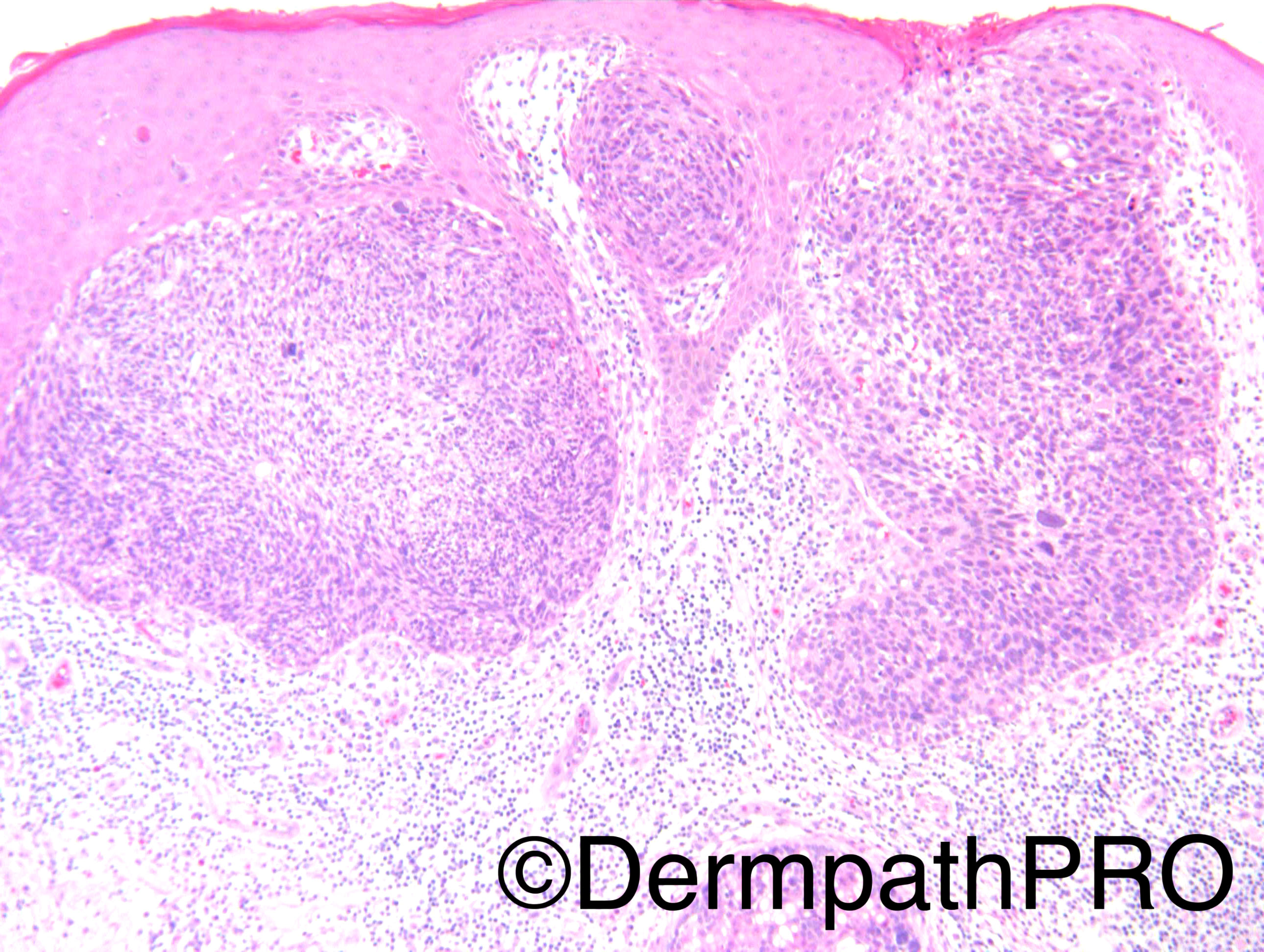


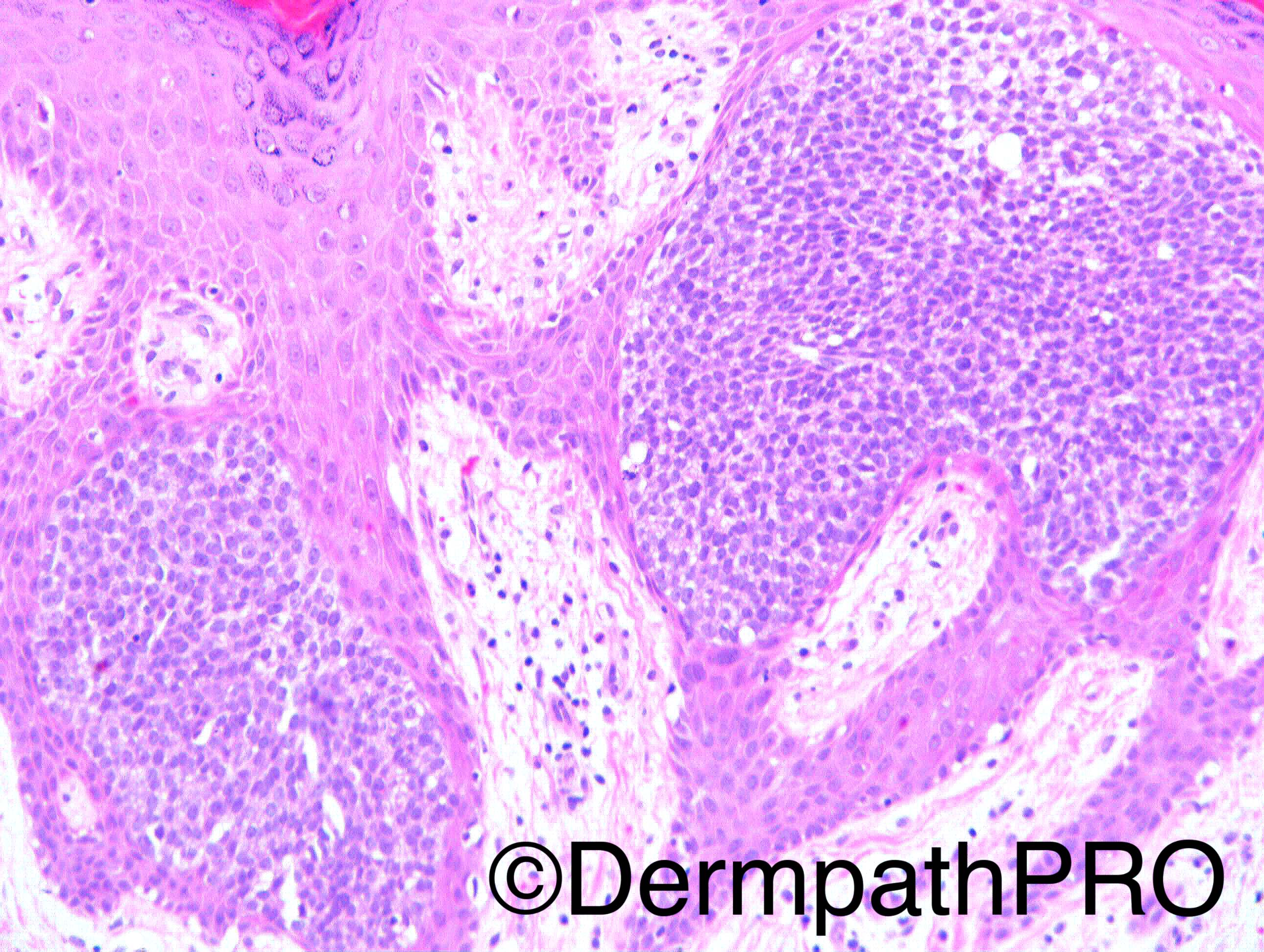
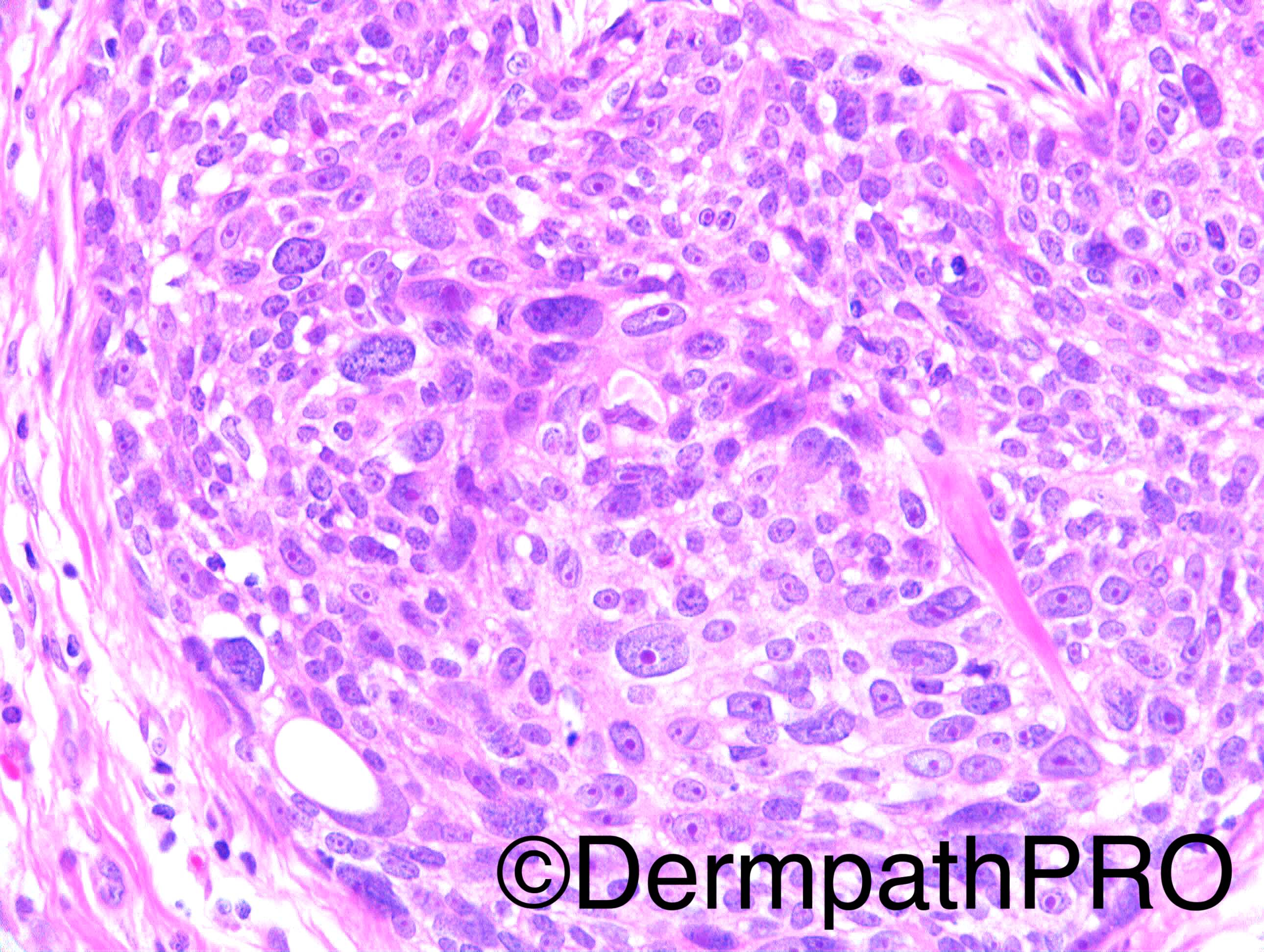
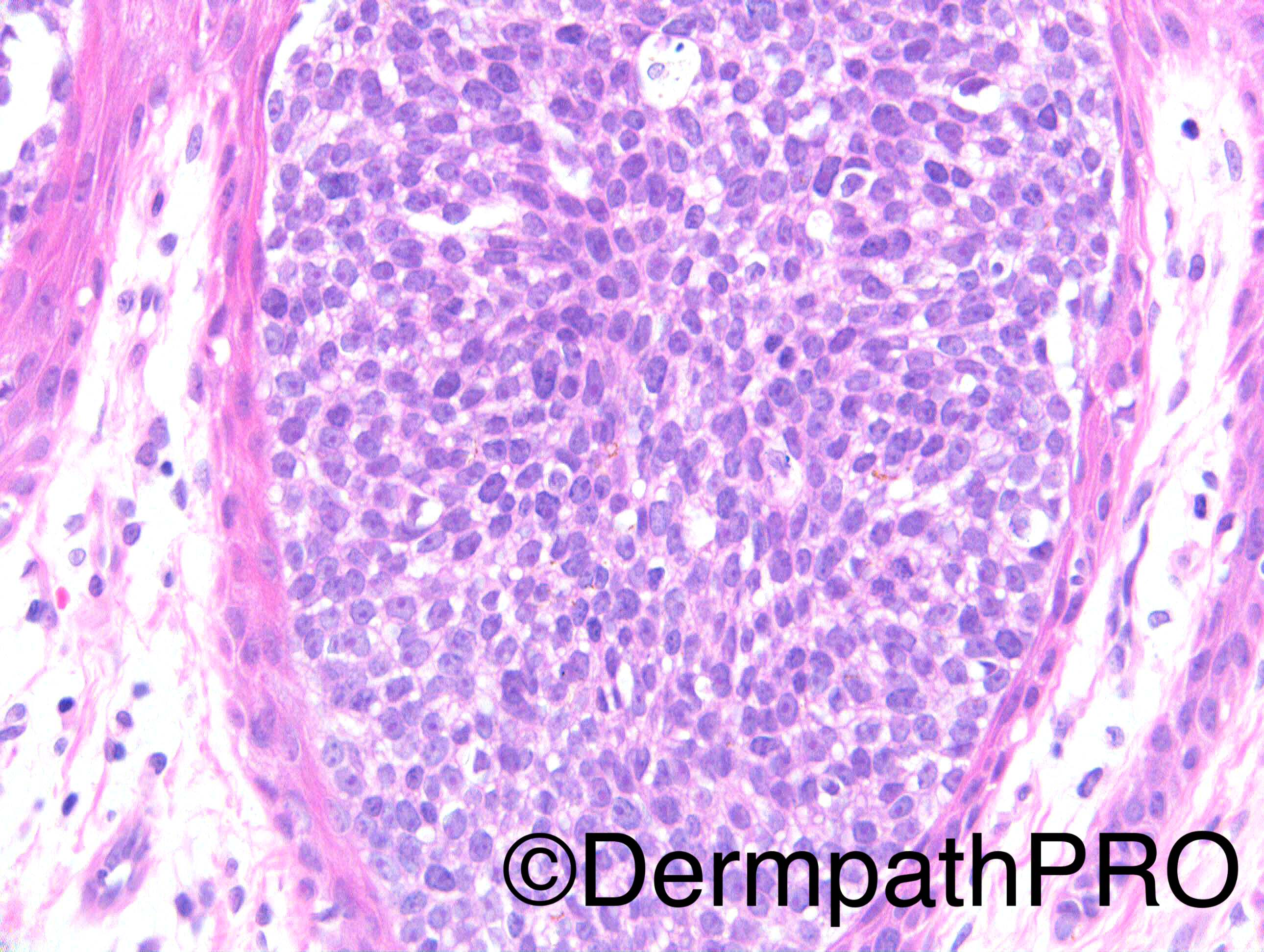
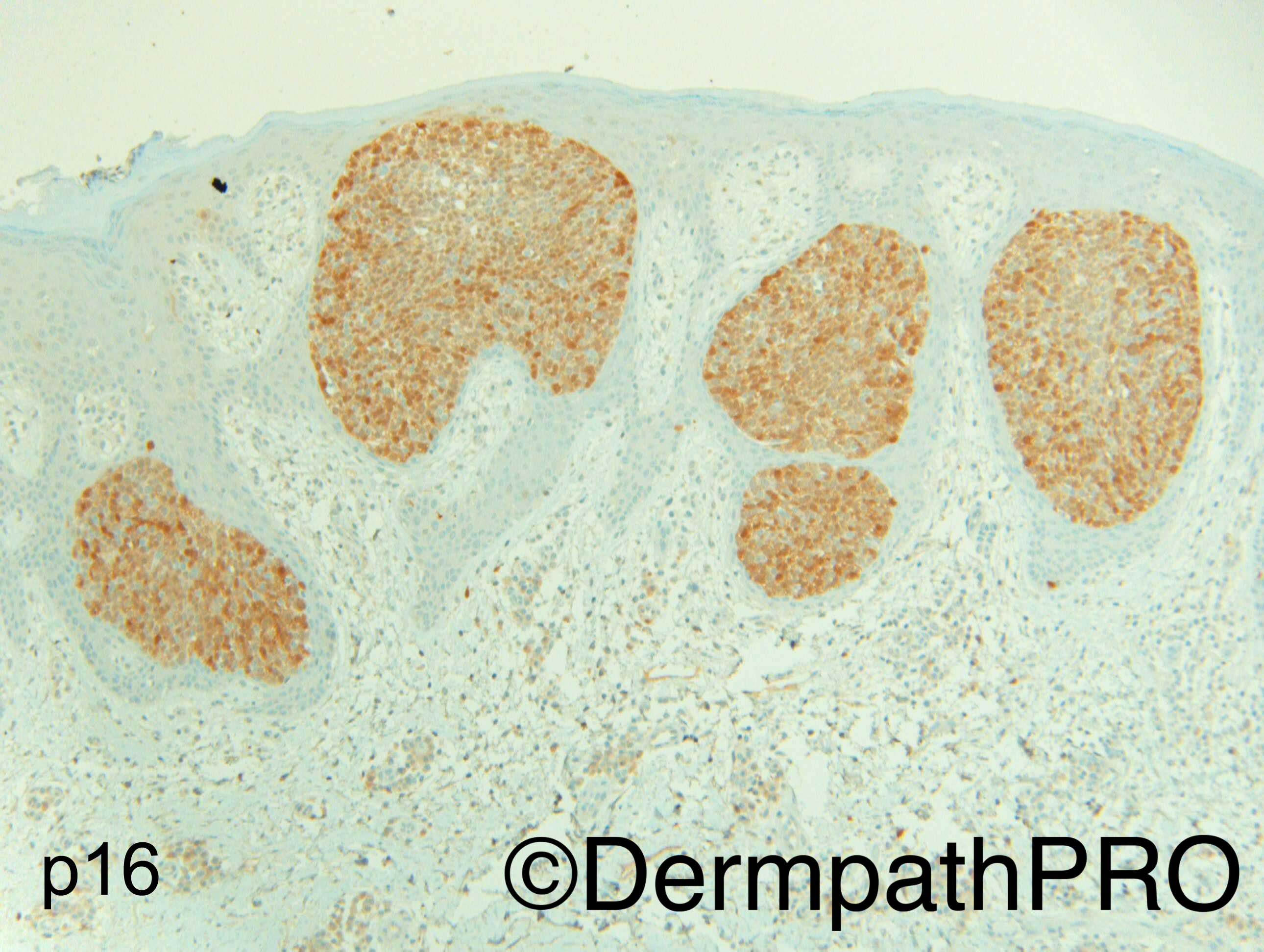
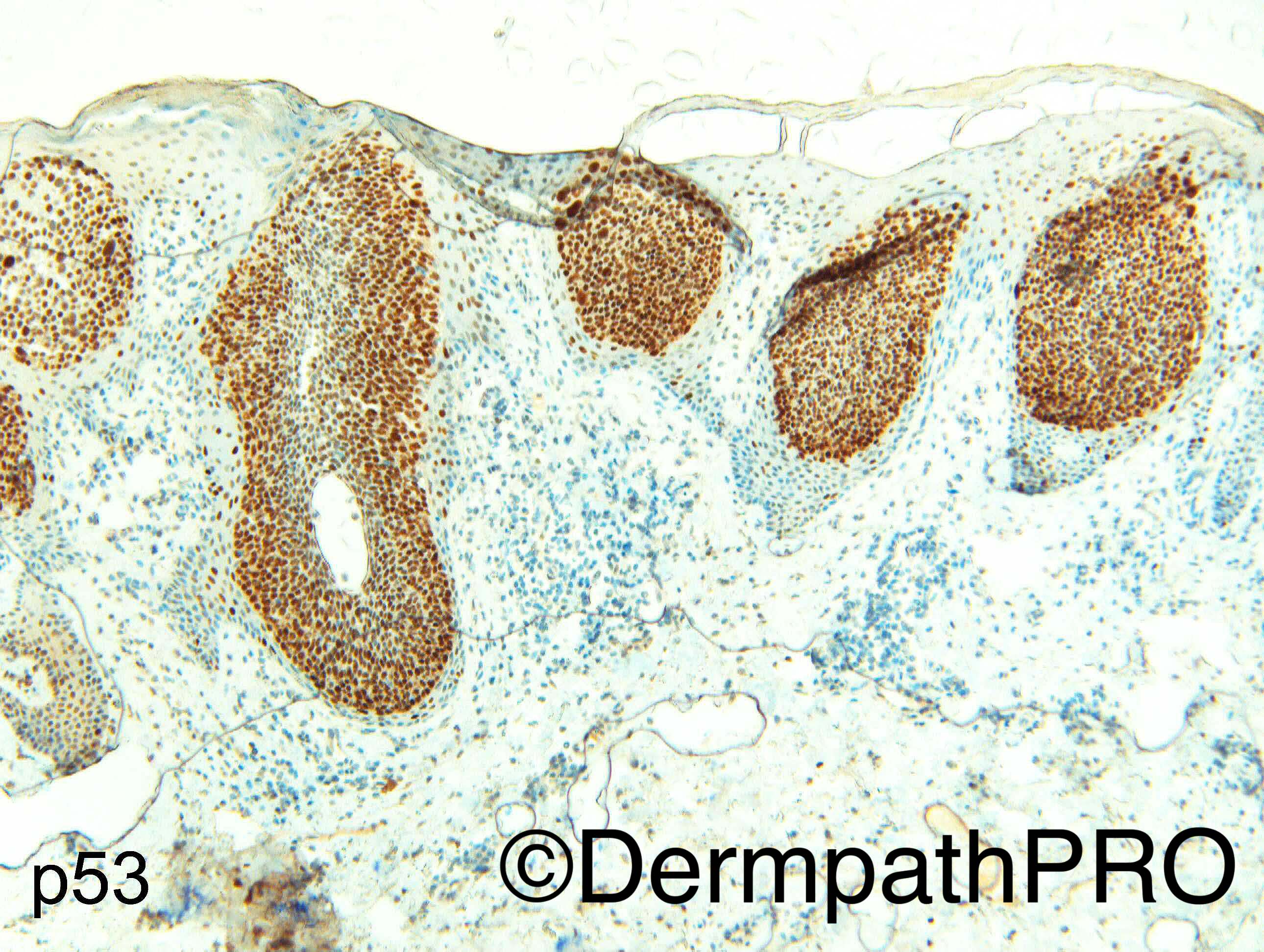


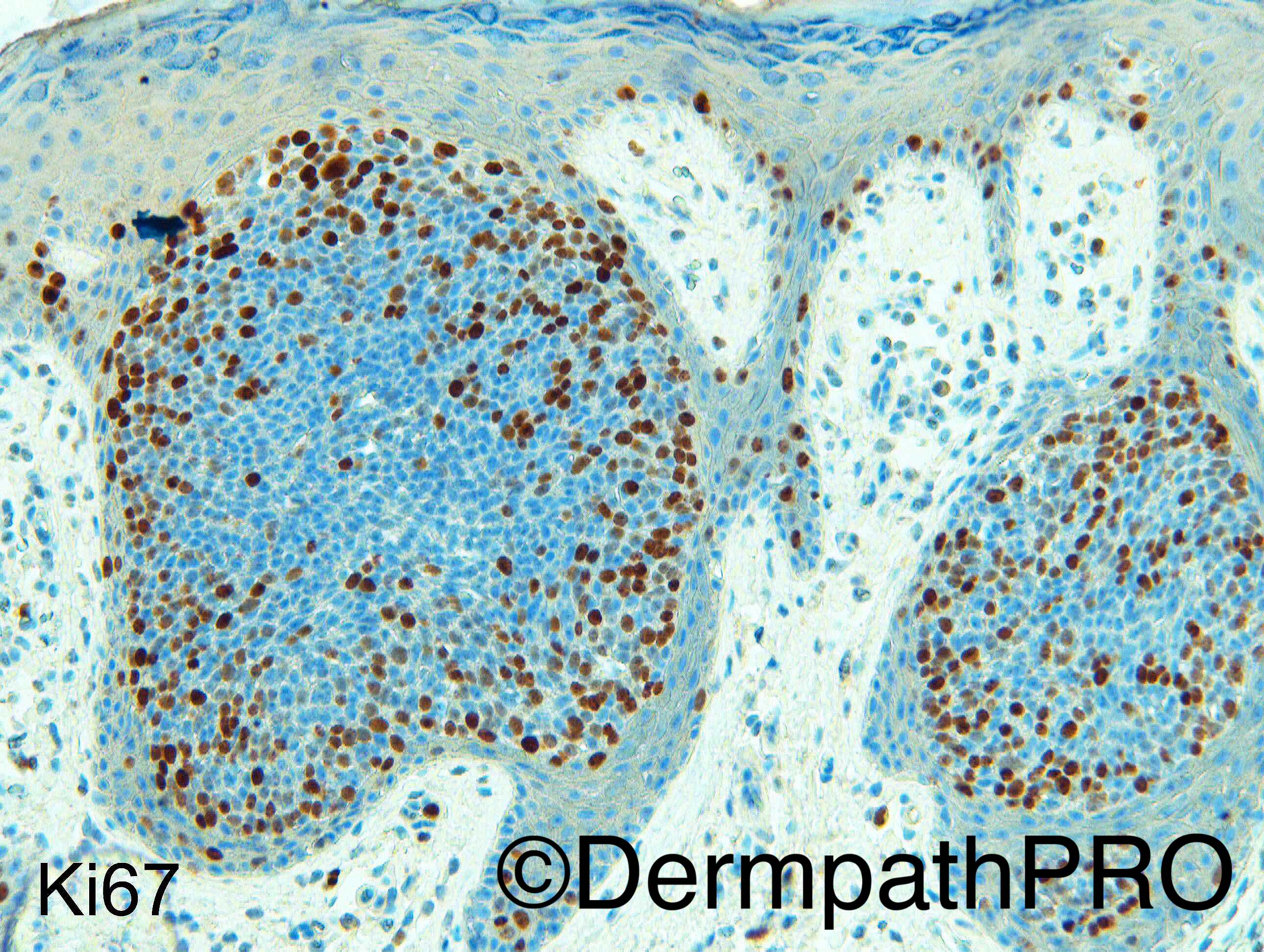
Join the conversation
You can post now and register later. If you have an account, sign in now to post with your account.